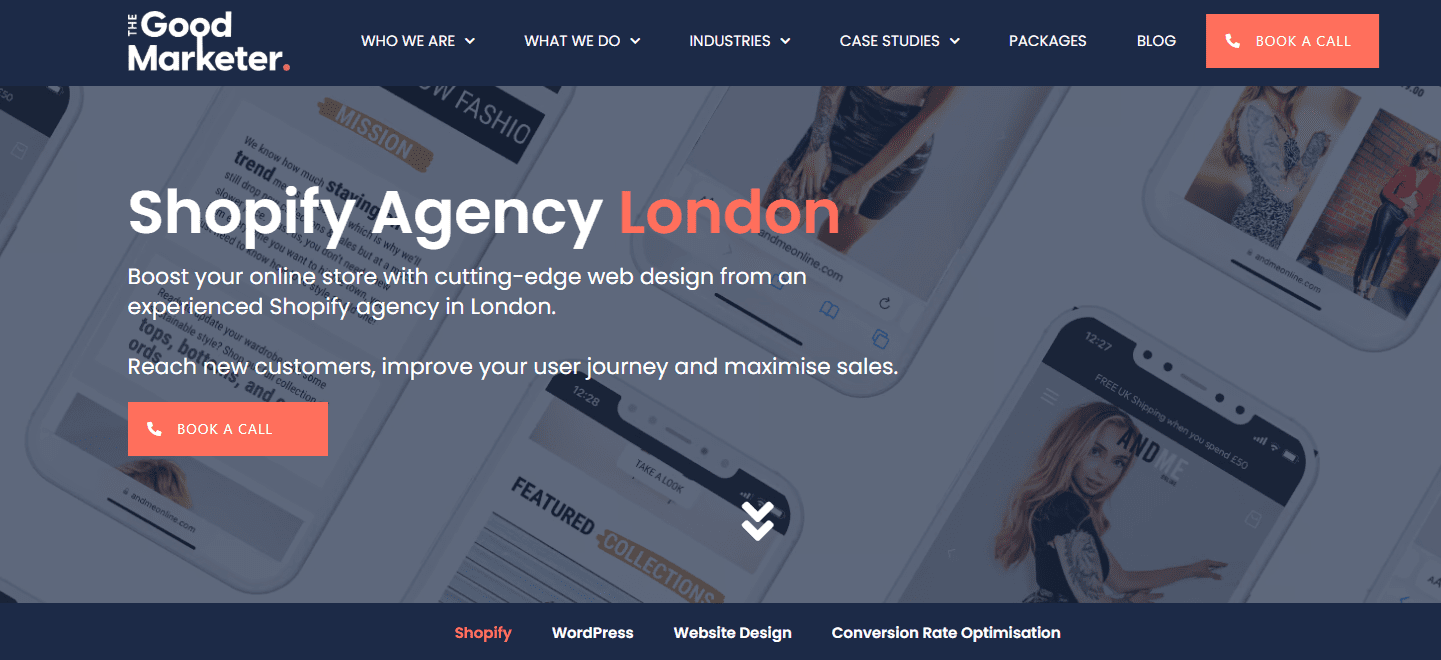Great design once belonged to industry giants. Big budgets meant big creative teams, flashy campaigns, and limitless testing. That monopoly is over now.
Across every part of eCommerce, smaller brands are leading the way with design that feels fresher, more innovative, and far more human. Freedom is fuelling originality.
The Power of Reaction
Large corporations are held back by layers of approval and identity systems that can’t change quickly. Small brands, on the other hand, can move fast. They can experiment, challenge conventions, and spice up their aesthetic based on how customers respond.
When a visual trend starts gaining momentum, a smaller brand can switch lanes overnight. A change in packaging, tone of voice, or website layout can be tested and refined without the need for months of boardroom debate. That agility gives them a genuine advantage. Their customers see a brand that feels alive, not one that updates its image once every few years.
Agility also means individuality. Small teams can pour their own perspective into every element of design, choosing colours, materials, and typography that reflect meaning rather than simply ticking boxes in a corporate guideline.
Storytelling Over Scale
For small brands, good design isn’t just about how things look. It’s how they tell their narrative. It’s how they create an emotional bond between what they make and the people who buy it.
A large corporation might rely on generic statements about heritage or innovation. Smaller brands can convey this visually through a design language that feels personal and genuine. Think of independent coffee roasters, candle makers, or skincare labels. Their websites often resemble editorial features more than catalogues. Every design choice, from colour palettes to asymmetrical textures, communicates personality.
Where big brands often rely on familiarity, smaller ones prosper on distinction. They know survival depends on standing out. Their visual world carries a point of view, and that makes them memorable.
Designing for Community
Modern design isn’t about shouting the loudest. It’s about creating belonging. Small brands understand this instinctively because their relationships with customers are personal. Their design doesn’t just aim to impress; it invites people in.
Smaller fashion and lifestyle labels often lead this shift. Their sites feel like communities rather than digital shops. They feature real customers, encourage shared stories on social platforms, and design in a tone that feels conversational rather than corporate.
When customers see themselves reflected in a brand’s design, it builds trust and attachment. That sense of belonging turns casual buyers into advocates. Larger companies, with their rigid processes and cautious messaging, often struggle to achieve that intimacy.
Less Bureaucracy, More Bravery
Creativity thrives when it’s not filtered through fear. Smaller teams can take risks that big corporations would never approve. They can test unusual layouts, mix bold typography, or release a campaign that challenges convention. If it fails, they learn quickly and try again.
This bravery leads to a design that feels different, experimental, and alive. The modern audience values authenticity over polish, and smaller brands are free to reveal the process behind their products, not just the final result. The rough edges often become part of their identity. Design doesn’t need to be flawless to be effective. It needs to feel real. And that’s a truth that smaller brands have mastered far better.
Technology Levels the Field
Ten years ago, a premium website design required a considerable investment. Now, accessible design tools and eCommerce platforms have changed it up.
Working with experts helps small brands use that technology strategically.
A skilled Shopify agency in London, for example, can help turn a vision into a high-performing online store that looks and functions as beautifully as those of much larger competitors. The combination of affordable tools and expert guidance allows smaller businesses to achieve exceptional design without draining resources.
Small Businesses With Big Ideas
Small brands are no longer chasing the shadows of the bigger ones. They’re setting the pace. Their design advantage lies not in budget but in bravery, agility, and authenticity. They make design personal, and in doing so, they make it powerful.
For small business owners, that should be a source of inspiration. You don’t need an army of designers or a multimillion-pound rebrand to create something remarkable. You need clarity of purpose, confidence in your taste, and the courage to try something different.
The big dogs might have scale. But right now, the small ones have style, soul, and a head start.



































